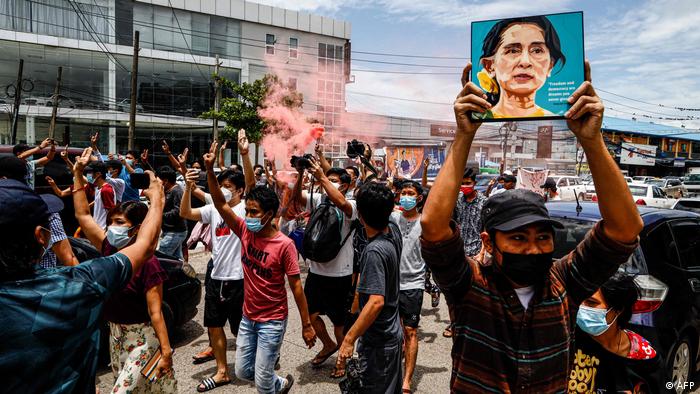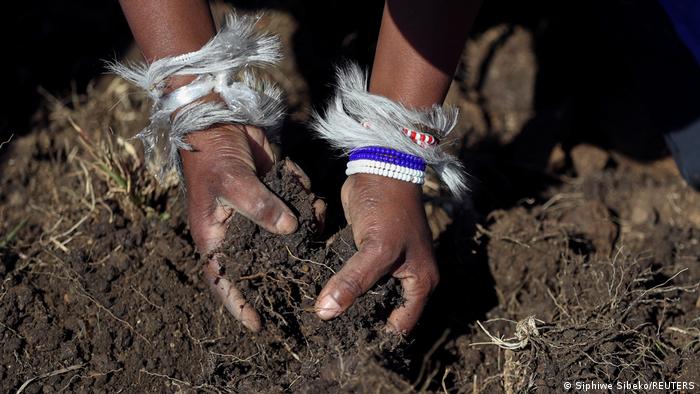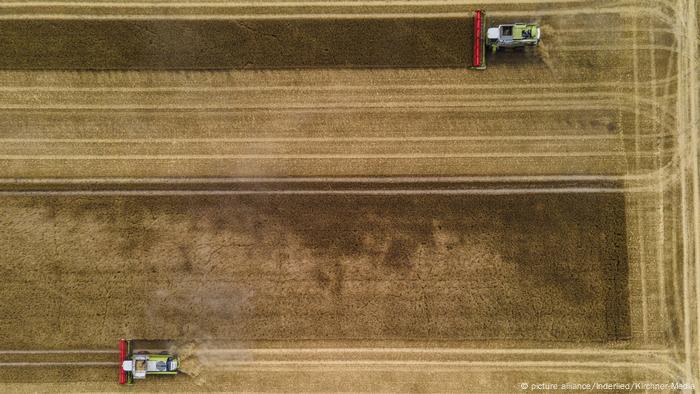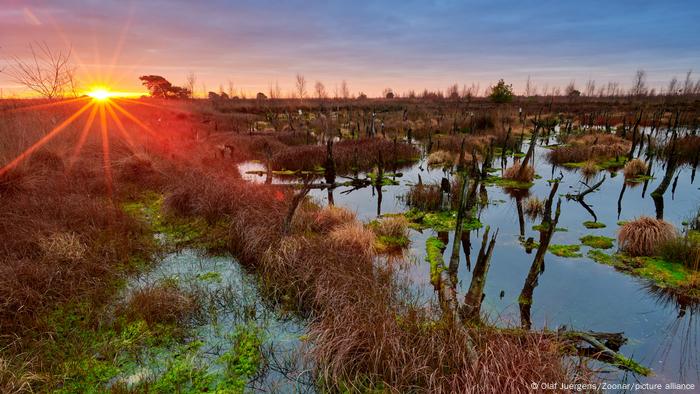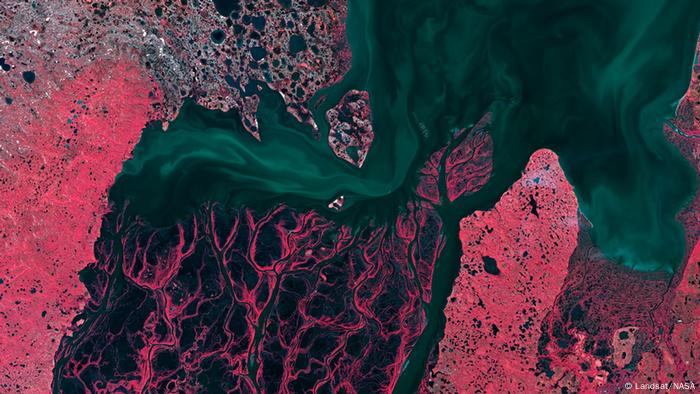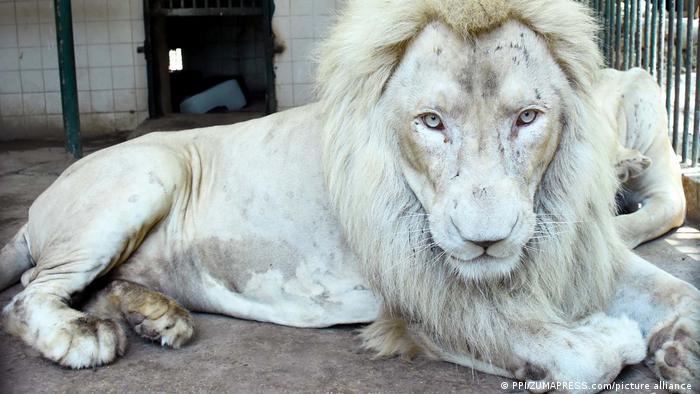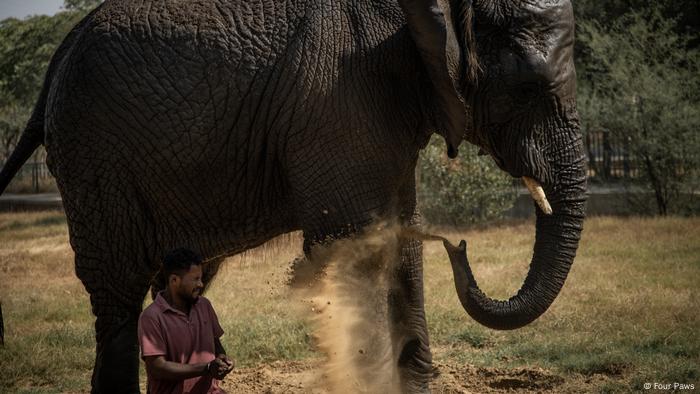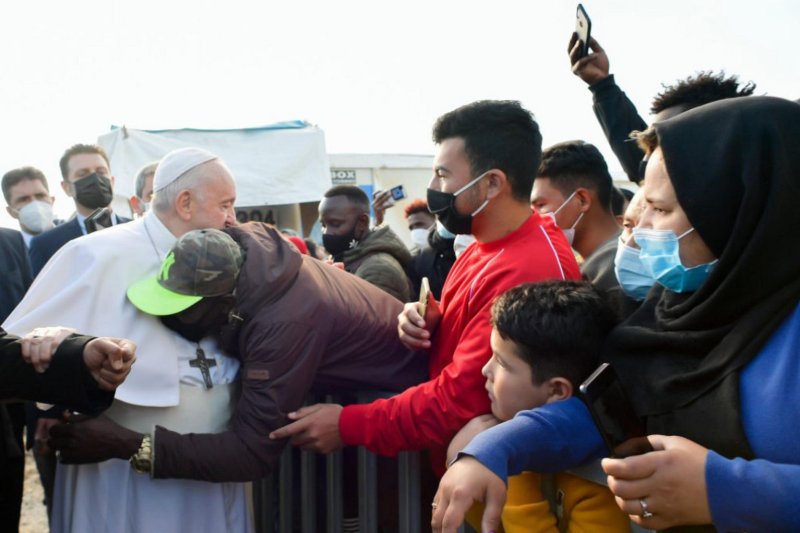Robert Azzi
Sun, December 5, 2021
“Read in the name of thy Sustainer, who has created created man out of a germ-cell. Read - for thy Sustainer is the Most Bountiful One who has taught [man] the use of the pen taught man what he did not know.” Qur’an 96:1-5 (Asad)
That revelation, transmitted to the Prophet Muhammad through the Angel Gabriel, is believed by Muslims to be God’s first revealed words of the Qur’an.

Robert Azzi
Revealed by God for people who read, who know the use of the pen.
Revealed by God, as Qur’an translator Muhammad Asad says, “For people who think.”
While humankind was taught the use of the pen, was taught what they did not know, it didn’t mean people would always use it well, or think clearly.
While scripture inspires and guides us, how we use our knowledge in the secular world reflects upon us as a nation, as a people who know the use of the pen.
For example, from NH’s steadfastly conservative Manchester Union Leader, which considered Senator Joseph McCarthy a hero, to the New York Times, for whom Daniel Ellsberg was a true patriot, there has always been a tension between publishers and consumers: publishers who wanted large audiences and readers who often consumed several points-of-view in order to form their own informed opinions - readers publishers competed over.
Sadly, today, circumstances have devolved, particularly on the right, to the point where too many Americans are choosing to source their information based only on whether it conforms to their preexisting biases and prejudices.
From QAnon to OAN many are choosing not to look for news - or truth - at all.
As a Muslim I’ve been following recent public discourse with some concern, believing that it has been heralding the rise of a fourth stage of Islamophobia in America in this century.
The first was post 9/11, where American Muslims and non-Muslims were full of fear and suspicion of each other after a terrorist arrack on America by a group of Muslim terrorists. For many Americans, whose knowledge of Islam was limited, fear of Islam was understandable and many Muslims worked tirelessly in interfaith communities to dispel fears and suspicion.
Phase two erupted in 2008 when a Black American was presumptuous enough to run for president. No longer able to address him by the usual racist epithets they branded him Kenyan, Muslim, Other.
The third began with the rise of Donald Trump who told Bill O’Reilly in 2011, “… There is a Muslim problem in the world, and you know it and I know it,” and in 2016, in his first paid campaign ad Trump called “for a temporary shutdown of Muslims entering the United States until we can figure out what is going on.”
Today, a fourth phase has erupted, fueled not by ignorance or fear but by a deliberate exercise of political power to exploit right-wing racism and prejudice.
In Congress it manifested itself when Congresswoman Lauren Boebert suggested that Congresswoman Ilhan Omar, a Somali refugee who wears a hijab - one of only two Muslim members of the House of Representatives -could be mistaken for a terrorist.
After nearly universal criticism erupted Boebert offered an anodyne apology to "anyone in the Muslim community" she offended but refused to apologize to Omar.
"Anti-Muslim bigotry isn’t funny & shouldn’t be normalized,” Congresswoman Omar said. “Congress can’t be a place where hateful and dangerous Muslim tropes get no condemnation.”
"These pathetic racist lies will not only endanger the life of @IlhanMN, but will increase hate crimes towards Muslims," tweeted Congresswoman Rashida Tlaib. "The continued silence & inaction towards this hate-filled colleague and others is enabling violence. It must stop."
The response from many Republicans was predictable: House Minority Leader Kevin McCarthy was silent over Boebert's Islamophobic smears and incitement and Congresswoman Marjorie Taylor Greene tweeted "@IlhanMN and the Jihad Squad are all three and are undeserving of an apology.”
Silence from Republican leadership over Islamophobia is not confined to Washington: in New Hampshire it takes the form of a candidate for United States Senator, Retired General Don Bolduc of Stratham, inviting two well-known Islamophobes to the Granite State to endorse his campaign.
Retired General William V. Boykin, an outspoken evangelical Christian, who once suggested that he was successful in Somalia because, “I knew my God was bigger than his. I knew that my God was a real God and his was an idol,” has said that radical Islamists hated the United States “because we’re a Christian nation, because our foundation and our roots are Judeo-Christian ... and the enemy is a guy named Satan.”
Retired General and QAnon supporter Michael Flynn, who pleaded guilty to a felony count of "willfully and knowingly" making false statements to the FBI,” has said “Islam is a political ideology…it definitely hides behind this notion of it being a religion” … “It’s like cancer…a malignant cancer in this case,” and states that Muslims have “banned the search for truth” because they believe the Qur’an, Islam’s holy book, is infallible.
Their words reveal them for what they are - they are revealed by they who know the use of the pen for who they are - and with whom they choose to associate.
Read, we are instructed. Think, we are guided.
"If all the sea were ink for my Sustainer's words, the sea would indeed be exhausted ere my Sustainer's words are exhausted!” we are assured in Qur’an 18:109.
Ink flows most freely in pursuit of truth.
Robert Azzi, a photographer and writer who lives in Exeter, can be reached at theother.azzi@gmail.com. His columns are archived at theotherazzi.wordpress.com.
This article originally appeared on Portsmouth Herald: Azzi: Ink flows most easily in pursuit of truth


